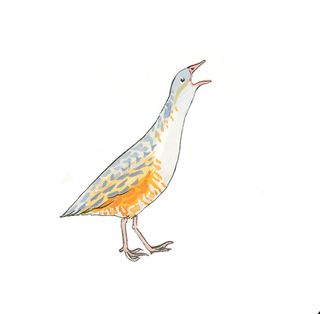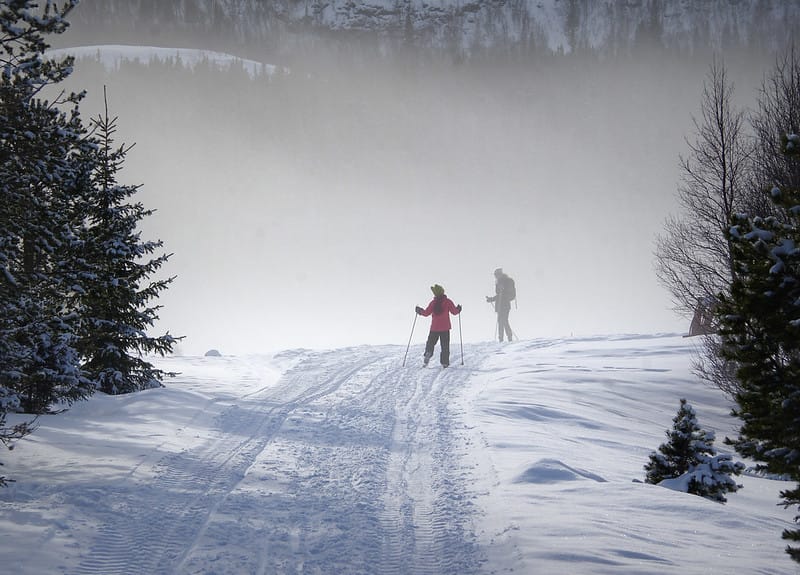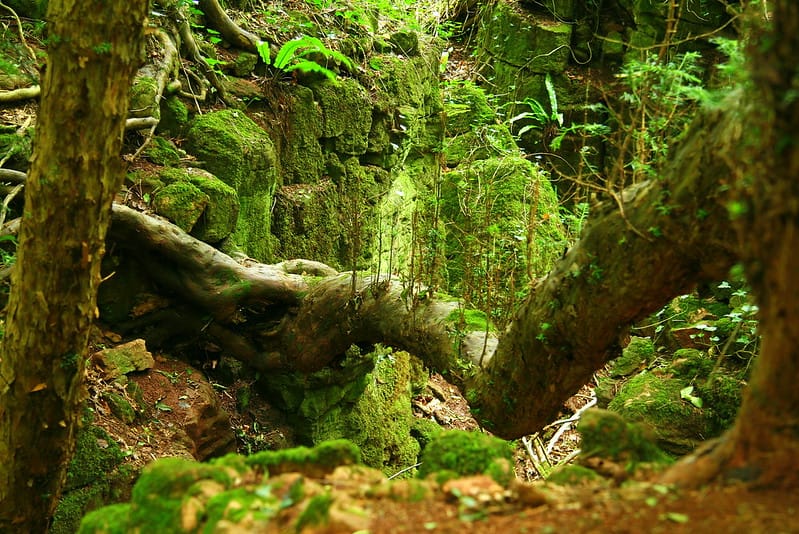
Polluted Rivers & Lost Forest
The latest news on nature and conservation in the UK.
National news
Rivers | This week brought both good and bad news for rivers, so let’s start with the bad. New figures released by the Environment Agency revealed that water companies discharged raw sewage into English rivers more than 400,000 times in 2020, during events lasting more than three million hours. These discharges included “human waste, wet wipes and condoms”, according to the BBC. The Rivers Trust welcomed the fact that the Environment Agency had released the data – the first time it has been publicly available – but said that it showed how the current infrastructure required a “radical overhaul”. On a brighter note, the government announced that it would introduce legislation to reduce sewage discharges by water companies into rivers, which the Rivers Trust also welcomed. The environment minister Rebecca Pow wrote about these plans in the Times. The Guardian covered the story.
Countryside | The government has updated the Countryside Code for the first time in more than a decade, emphasising in its new advice that people should “be nice, say hello, share the space”. The new guide aims to be a guide for the public rather than a list of rules, and is based on a survey of stakeholders conducted during the winter; the government has released the summary of its findings here. CPRE welcomed the update as “a way to help more people enjoy the great outdoors”, but the Guardian reports that not everyone was impressed, with some campaigners criticising the code’s failure to ban disposable barbeques or request dogs be kept on leads on nature reserves and around livestock.
HS2 | Diggers have started clearing a patch of ancient woodland in Jones’ Hill Wood that is said to have inspired Roald Dahl to write Fantastic Mr Fox, reports the Times. Other reports say Dahl found his inspiration in different woodlands, so who knows if that part of the story is actually true, but the facts of the destruction remain, with about 4.4 acres slated for removal to clear the way for the high-speed rail line. HS2 contractors had been waiting on Natural England to grant them a final licence before starting work on the main part of the site; to public outcry, this licence was granted a couple of days ago. In a blog, Natural England’s director of wildlife licensing wrote: “We don’t have powers to stop projects that have been approved, or to delay them unnecessarily, nor do we have powers to prevent the felling of ancient woodland if it has been approved by the planning system.”
In other news:
- The Welsh government has appointed a new Rural and Wildlife Crime Coordinator.
- The Canal and River Trust is changing how it mows the grass along its towpaths to boost wildlife, reports the Shropshire Star.
- The government is trialling “innovative” flood protection projects, including natural flood management, in 25 areas.
Across the country
Aviemore | The beer company BrewDog has announced that it has purchased a “huge chunk of land” in the Scottish Highlands, where they will undertake the “single biggest native woodland establishment and peatland restoration project ever carried out in the UK.” The company will begin work on their Lost Forest in August, planting millions of native trees on the land, while also building a hotel, campsite and distillery. The announcement prompted something of a mixed reaction: while some celebrated the involvement of a major company in landscape restoration, others raised concerns about the impacts on the people who already live and work in the area. Figures from rural land agency Strutt & Parker confirmed a growing trend of what one journalist termed “green lairds”. Robert McCulloch, the agency’s head of estates, told the Press and Journal: “We are seeing increased competition for estates due to a rise in green investors, whose interest in buying a Scottish estate comes from its potential for afforestation, carbon capture and rewilding, rather than traditional field sports.”
Cornwall | Red algae growing in Cornwall’s Fal Estuary is genetically unique, reports Cornwall Live, covering new research led by scientists from the University of Exeter. The algae in question forms maerl beds, providing habitats for fish and storing carbon; the unique diversity of the species in the Fal Estuary would have been shaped over time by its geographical isolation from other populations. But danger looms: “This is a busy waterway and is heavily used by commercial and naval shipping accessing Falmouth port,” said co-author Dr Jamie Stevens. “Consequently, the genetically unique Fal maerl bed is very much at risk from marine pollution and the threat of sedimentation from dredging which is undertaken periodically to maintain navigable access to the port.”
Plymouth | A number of grassy areas in Plymouth will no longer be cut by the council, reports the Plymouth Herald. The council has created an interactive map showing how the scheme will be rolled out across the city, with some areas left to grow wild and others to be seeded and maintained as wildflower meadows. It follows on from work last year with the Devon Wildlife Trust and Buglife, to which the public response was said to be “overwhelmingly positive”. A council spokesperson said: “We’re not the only people doing this, but we want to really explain the reasons as to why we’re doing it.”
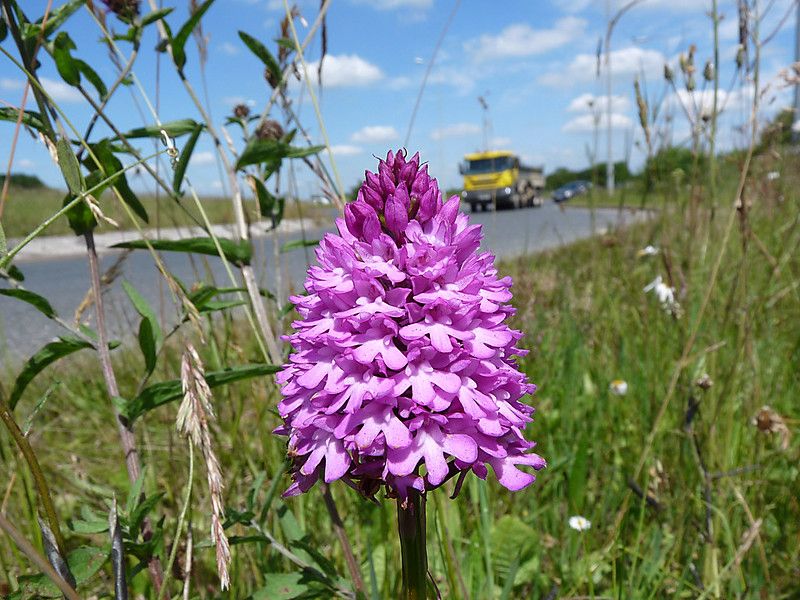
Elsewhere:
- In London, plans are afoot to create a “brownfield rainforest” on an old industrial site, reports BirdGuides.
- A new £9 million water pipeline has been opened to stop water being abstracted from a protected fen in the Norfolk Broads, reports the Eastern Daily Press.
- Licensed beavers have been released in Wales for the first time in the Cors Dyfi Nature Reserve in Powys, reports the BBC.
- The Manx Wildlife Trust is fighting for mountain hares on the Isle of Man to be given special protection, reports the BBC.
- Peregrine falcons are now breeding in North Staffordshire, reports the Stoke Sentinel.
- A Norfolk farmer is facing local opposition after he applied for a licence to fell 333 trees lining a village road, reports the Eastern Daily Press.
- One of Britain’s rarest water plants, the Tassel Stonewort, has made an appearance in ponds near Stroud, says the Freshwater Habitats Trust.
- Conservationists have built a 400-tonne sandcastle-like structure in Surrey to attract sand martins, reports the Guardian.
- A Cambridgeshire energy company has been fined £27,000 by the Environment Agency after polluting a stream with “extremely harmful” liquid.
- Oyster reefs are being restored near South Tyneside, reports the Chronicle.
- A Norfolk beach favoured by the Royal family has banned off-lead dogs to protect rare birds, reports the Telegraph.
Reports
Community | A report by Community Land Scotland looks at the role of community landowners in tackling the climate emergency. It finds that, across Scotland, these landowners are reducing emissions in various ways, including by generating renewable energy, caring for carbon sinks like woodlands and peatlands, and growing food on their land. “Community owners are well-placed – and in some senses uniquely so – to lead on the delivery of a just transition and a green recovery at the local level,” the report says. There are also a number of case studies and a video.
Butterflies | The latest data from the UK Butterfly Monitoring Scheme shows that butterflies had a “good” year in 2020 – it was the 10th best year since records began in 1976 – but that many species remain in long-term decline. “We need to be wary of shifting baseline syndrome, whereby we forget (or never experienced) the greater biodiversity that occurred in the UK in former decades and therefore lower our expectations and aspirations for conservation,” said Dr Richard Fox of Butterfly Conservation. The Guardian covered the story.
Rural | The government has released its first “rural proofing” report, aiming to show how rural needs are being identified and met. The report covers the rural economy, infrastructure and services, but also has a section on the natural environment. “Rural areas tend to be shaped by the natural environment and the actions of people upon it,” the report says. “It is therefore crucial that the needs of people who live in these areas are taken into consideration when developing policies that affect England’s landscapes and habitats.”
Science
Songbirds | A study in Acta Oecologica examines the reasons for the high number of hedgerow-specialist songbirds at the RSPB’s Hope Farm in Cambridgeshire. Three of the four species studied – yellowhammer, linnet and whitethroat – responded well to the presence of oilseed rape alongside hedgerows, but badly to the presence of trees. The findings have potential impacts for commercial farm management, according to the study, including “reducing the frequency of hedgerow management and increasing the prevalence and protection of agri-environment practices, such as floristic margins and mixed cropping.” The author has outlined her findings in a blogpost.
Kestrels | A study in Ecotoxicology finds that exposure to rat poisons may have contributed to a decline in kestrel numbers. This is because kestrels consume the rodents that have eaten the poisons, which may lead to lethal internal haemorrhaging. The researchers found that kestrel abundance was lowest in years when the concentration of these poisons in the livers of dead kestrels was highest. “This suggests that rodenticides may have a role in suppressing kestrel numbers at a national scale in a way that had not been described previously,” explain the authors in a blog.
Wasps | A study in Insect Conservation and Diversity examines long-term occupancy trends for three species of wasps in the UK over a 116 year period, from 1900 to 2016, using evidence from natural history collections. Two of the species were stable over this period, while one species decreased between 1950 and 1970 before increasing again.
Driftwood
April Fools | There were a few reasonable efforts at April Fools jokes amid the nature community. There was an earnest attempt by charities to make politicians protect the environment by producing a fake newspaper; but I think I preferred this piece by a “well-known Scandinavian naturalist”, since it caught me unawares, prompting a genuine doubletake. He writes: “Now is not the time for us to be timid in our ambitions. Now is not the time to avoid difficult conversations. Now is not the time for apathy or conspiracy. Now is not the time for division in the conservation movement. Now is the time for Dragons!”
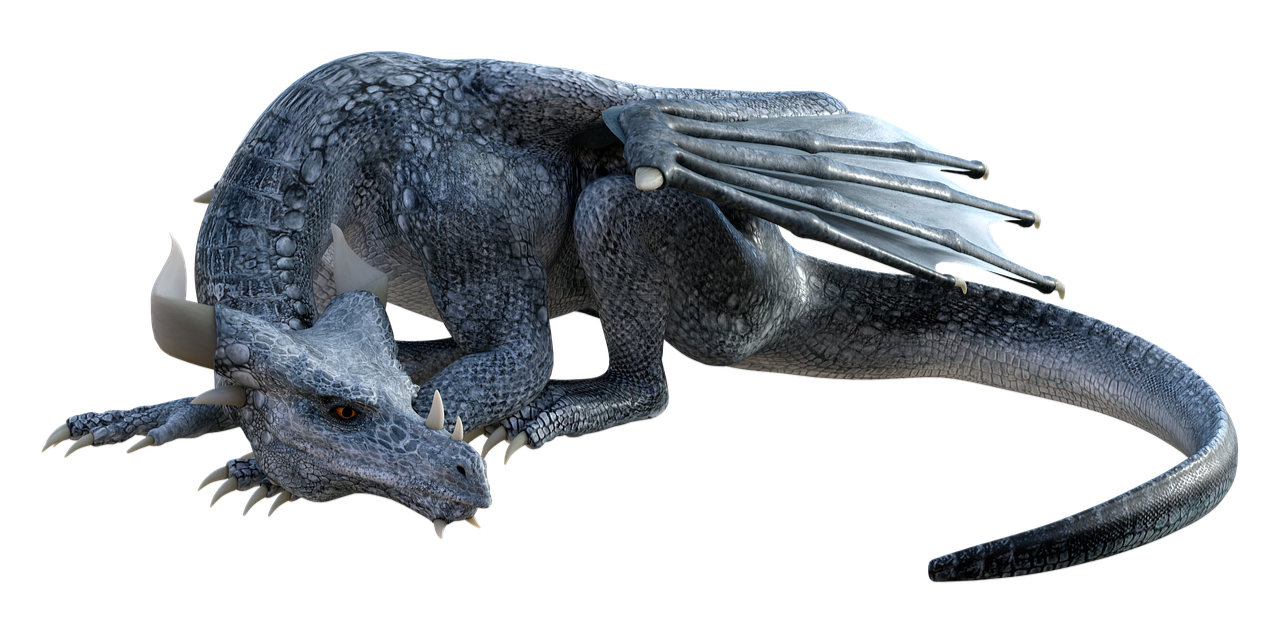
Elections | Nature charities are beginning to set out their stalls ahead of the local elections in May. Coed Cawr, the Woodland Trust in Wales, launched its manifesto outlining how trees can play a vital role in addressing the nature and climate crisis while rebuilding the post-COVID economy. Various branches of the Wildlife Trusts, including the groups representing Staffordshire and Derbyshire, asked candidates to support their “Manifesto for a Wilder Future”. A coalition of nature charities published a joint manifesto entitled “A more natural capital: an agenda for the new Mayor of London”, with a list of 24 targets.
Light | Natural Resources Wales has published a new dark skies map, showing light pollution across the country using satellite images from 1.30AM. “Dark skies can affect our experience of nature, landscapes and green spaces and can benefit our health and well-being and local wildlife,” said Jill Bullen of NRW. “Although dark skies are most often experienced in remote and rural landscapes, our experience of the night sky can be enhanced in towns and settlements by reducing light pollution and using dark sky friendly lighting.”
Further reading:
- Countryfile looks at whether we should genetically engineer grey squirrels to protect red squirrels.
- The Wildlife Trusts has launched a Nature Friendly Schools project, aiming to give children the opportunity to learn outside the classroom.
- The Mirror has a feature on the ecological damage caused by moorland burning.
Happy days
Music | Nature writer Robert Macfarlane has teamed up with musician Johnny Flynn to write a new album, called Lost in the Cedar Wood. The first track, Gods and Monsters, was released this week, and, according to Broadway World, it is “inspired in part by the pioneering Victorian Assyriologist George Smith, who died in Aleppo in 1876, stranded in a cholera epidemic, heartbroken and writing feverishly to his wife and six children back in England.” The rest of the album will feature cameos from Cosmo and Merlin Sheldrake, plus Flynn’s nine-year-old son. In other folk news, journalist Patrick Barkham has profiled the singer Sam Lee, who has written a book about nightingales, for the Guardian.
Image credits: Philip Whittaker, Hornbeam Arts, pendleburyannette
Subscribe to our newsletter
Members receive our premium weekly digest of nature news from across Britain.
Comments
Sign in or become a Inkcap Journal member to join the conversation.
Just enter your email below to get a log in link.

